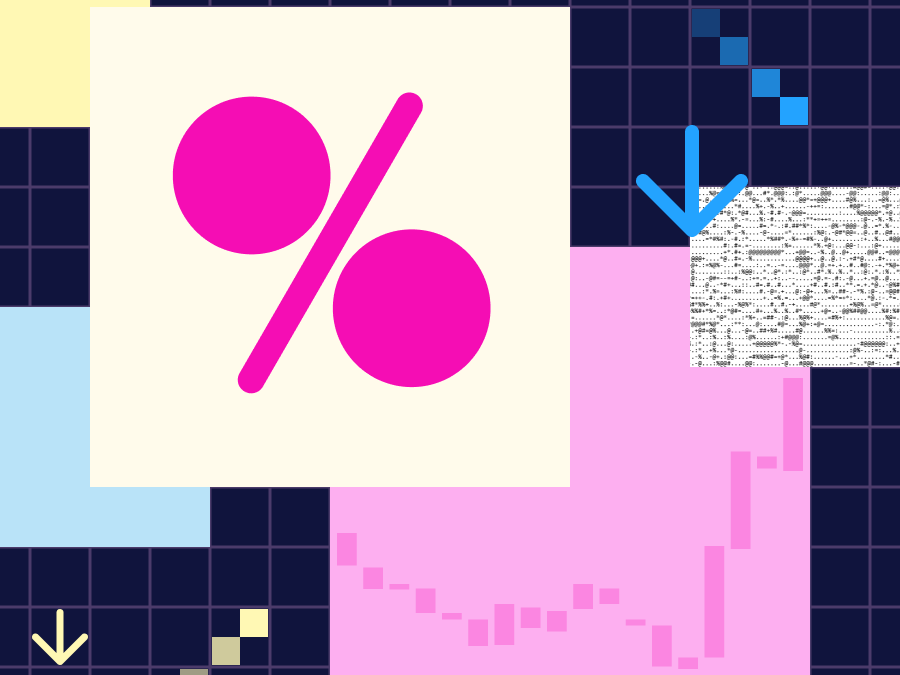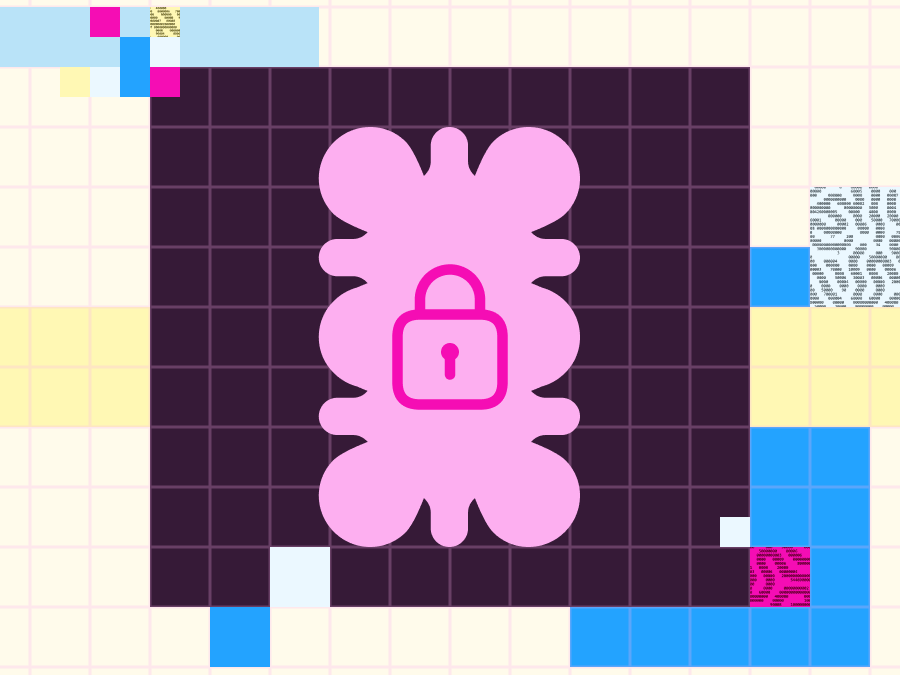If you’ve recently begun to explore and use DeFi apps, you may be surprised to see a “gas fee” added to the cost of your onchain transactions. Don’t worry, these fees are normal.
Gas fees are set and collected by the blockchains that decentralized exchanges, NFT marketplaces, and other apps rely on to run properly — kind of like how payment networks collect fees on credit card transactions. And while they’re collected automatically when your transaction is submitted, there are a few helpful things to know about gas fees to avoid surprises or confusion.
Why are gas fees collected on every Ethereum transaction?
The gas fees you pay on your transactions help keep decentralized blockchains like Ethereum secure and working properly.
Blockchains with high usage require a lot of computing power, plus the hardware used to run the network, and both of these come at a cost. Ethereum processes more than one million daily transactions — so you can imagine the total costs required to keep things running smoothly.
By charging a gas fee on every transaction, Ethereum can cover all of the expenses that come along with processing these transactions.
Who receives Ethereum gas fees?
The Ethereum blockchain is able to be decentralized thanks to a network of computers run by “validators” that work in harmony to submit blocks of transactions with no interruptions.
Ethereum distributes gas fees as an incentive to validators, which motivates them to continue operating the network and keep it secure.
Reminder: Gas fees are not collected by the app or wallet you’re using for your transaction — this is done by the blockchain that your app is deployed on.
How are gas fees calculated?
Ethereum calculates gas fees using a specific formula. The formula ensures that fees are dynamic, meaning that they’re calculated fairly based on three factors:
- The complexity of your intended transaction
- The current demand on the blockchain network
- The speed that you want your transaction executed
In other words, if your transaction is complex, submitted when network usage is high, and/or you want a network validator to prioritize it, you may need to pay a higher gas fee. As a result, your gas fees will differ from transaction to transaction.
By default, your wallet uses this formula to run the numbers for you and provide an estimated gas fee for your transaction.
 This demo shows how gas fees are displayed in the Uniswap web app.
This demo shows how gas fees are displayed in the Uniswap web app.
How are gas fees paid?
Gas fees are paid in the form of a blockchain’s native token, and in Ethereum’s case that token is ETH.
Your gas fee won’t be paid unless you confirm your transaction. After confirming, the amount of ETH required to cover your gas fee will be automatically deducted from your ETH balance.
If you don’t have enough ETH to pay the gas fee, the transaction won’t go through. If that happens, you can transfer funds from another wallet.
Some crypto wallets, like Uniswap wallet, also offer fiat-to-crypto onramps so you can easily purchase the network's native token with a debit card or bank account.
Is there a way to limit or reduce gas fees?
High gas fees during heavy network usage times can be frustrating. Instead of paying a high gas fee, you can always:
- Choose another time. When gas fees are high, consider delaying your transaction until the network is less congested.
- Adjust your gas limit. Some apps and wallets allow users to adjust the gas fees they’re willing to pay. (But note that if you set your gas fee too low, your transaction may not go through.)
- Use a Layer 2 chain. An integral part of Ethereum’s scaling roadmap are Layer 2 networks like Unichain, Base, and Arbitrum, which are designed to execute transactions faster and at lower cost than Ethereum’s mainnet.
You can use several tools to check current gas fees and whether they are considered high at any given moment.
Don’t let gas fees slow you down
Gas fees keep the Ethereum network moving, so that your onchain activity is secure and seamless — whether you’re swapping tokens, minting NFTs and other collectibles, or exploring more advanced decentralized apps.
Need some ETH? Here are two easy ways to fill up your crypto wallet. First, buy some ETH using local currency with Uniswap Labs’ fiat onramp feature — available in the Uniswap web app or the Uniswap wallet app on mobile. Or make a transfer from a centralized exchange like Coinbase or Robinhood.
Already have an ETH balance? It’s full speed ahead from here. Explore charts on Ethereum and more than dozen Ethereum-compatible Layer 2 networks, select a token, and make your very first swap. Connect your wallet to the Uniswap web app and start swapping.



